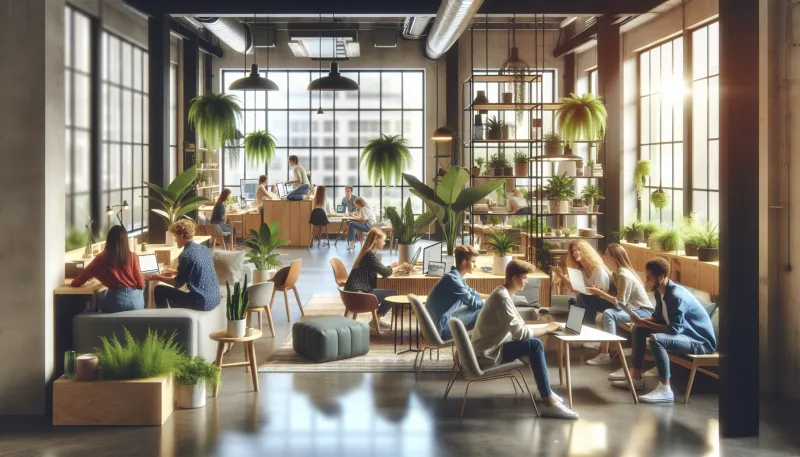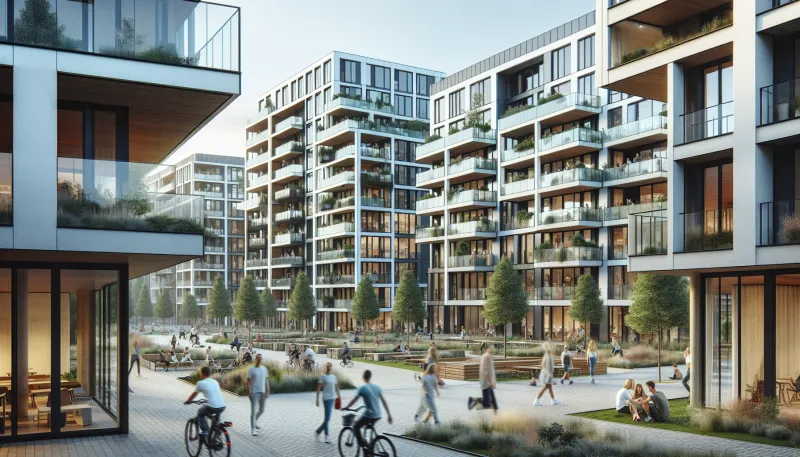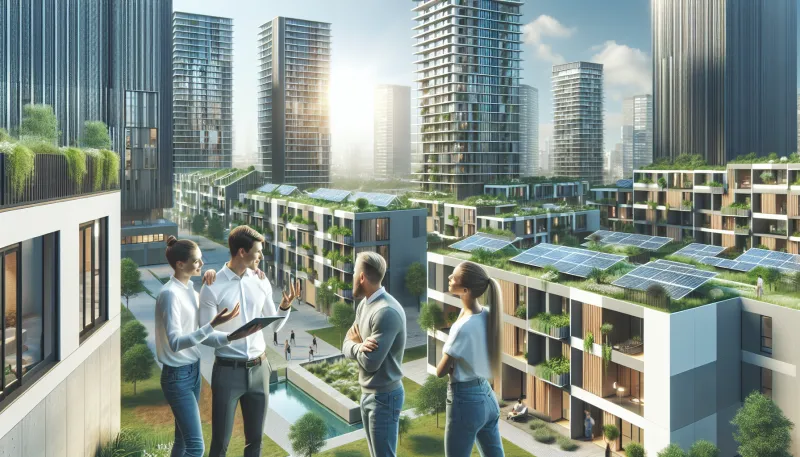
How COVID-19 reshaped the global housing market forever
The COVID-19 pandemic triggered an unprecedented shift in many aspects of life, with the global housing market experiencing profound and lasting changes. From altered buyer preferences to supply chain disruptions and the rise of remote work, the real estate sector faced challenges and transformations that continue to influence how and where people choose to live. This article explores nine key ways the pandemic reshaped housing markets worldwide.
- Shift in buyer priorities and housing preferences
- The boom in suburban and rural housing markets
- Impact of low interest rates on affordability
- Supply chain disruptions and construction delays
- Increased importance of technology and virtual tours
- Rental markets facing unprecedented challenges
- Rise of sustainable and health-conscious home design
- The impact on global housing inequality
- Long-term effects of remote work on urban real estate
Shift in buyer priorities and housing preferences
The pandemic brought about a dramatic change in what homebuyers seek. With more people working remotely, spacious homes with dedicated office spaces, larger yards, and proximity to nature became highly desirable. Features like home offices, gyms, and outdoor areas surged in importance. Urban apartments saw decreased demand as many prioritized comfort and space over central locations.
The boom in suburban and rural housing markets
As remote work decoupled employment from location, suburban and rural housing markets experienced significant growth. Buyers took advantage of lower prices outside city centers, seeking quieter environments and more living space. This trend reversed decades of urbanization and increased demand in previously overlooked regions.
Impact of low interest rates on affordability
Global central banks reduced interest rates to stimulate economies, resulting in historically low mortgage rates. These record-low rates improved borrowing affordability and fueled a surge in home purchases and refinancings. Many buyers locked in favorable terms, pushing up demand and home prices worldwide.
Supply chain disruptions and construction delays
Lockdowns and factory shutdowns caused massive delays in building materials and labor availability. Prices for lumber, steel, and other supplies skyrocketed, increasing construction costs and causing delays. The housing supply struggled to keep pace with rising demand, intensifying competitive markets.
Increased importance of technology and virtual tours
Restrictions on in-person showings accelerated adoption of digital tools in real estate. Virtual tours, 3D walkthroughs, and online closings became normalized, enhancing accessibility for buyers and sellers. Technology made it easier to navigate transactions safely and conveniently, setting a new standard for the industry.
Rental markets facing unprecedented challenges
The rental sector experienced volatility as lockdowns hit urban centers hardest. Many renters moved to less crowded areas or sought homeownership alternatives. Rent prices fell in dense cities but rose in suburbs. Eviction moratoriums and economic instability pressured landlords, impacting investment strategies.
Rise of sustainable and health-conscious home design
Health concerns inspired greater focus on home environments promoting well-being. Features like improved ventilation, touchless technology, and eco-friendly materials gained prominence. Buyers increasingly considered sustainability alongside functionality, reshaping design priorities in new developments.
The impact on global housing inequality
While some markets flourished, the pandemic exposed and exacerbated inequalities. Vulnerable populations faced greater housing insecurity due to job losses and rising costs. Governments introduced relief measures, but disparities in access to affordable housing remain a lasting concern globally.
Long-term effects of remote work on urban real estate
Remote work appears to be a permanent fixture for many industries, influencing urban housing demand. Commercial real estate faces repurposing challenges as offices shrink. Residential real estate in cities is adjusting to more flexible living patterns, potentially leading to more mixed-use developments and diversified neighborhoods.
Tommy is a property-passionate journalist who covers the forces shaping housing and the built environment. With a data-driven approach and a reporter’s curiosity, he writes on market cycles, urban development, PropTech, and policy—always connecting numbers to everyday lives. [Name]’s work blends clear analysis with on-the-ground reporting to help readers navigate trends, opportunities, and risks across residential and commercial real estate.







